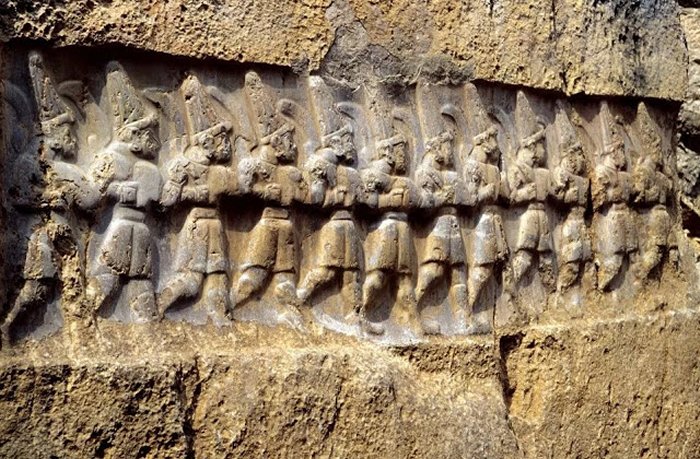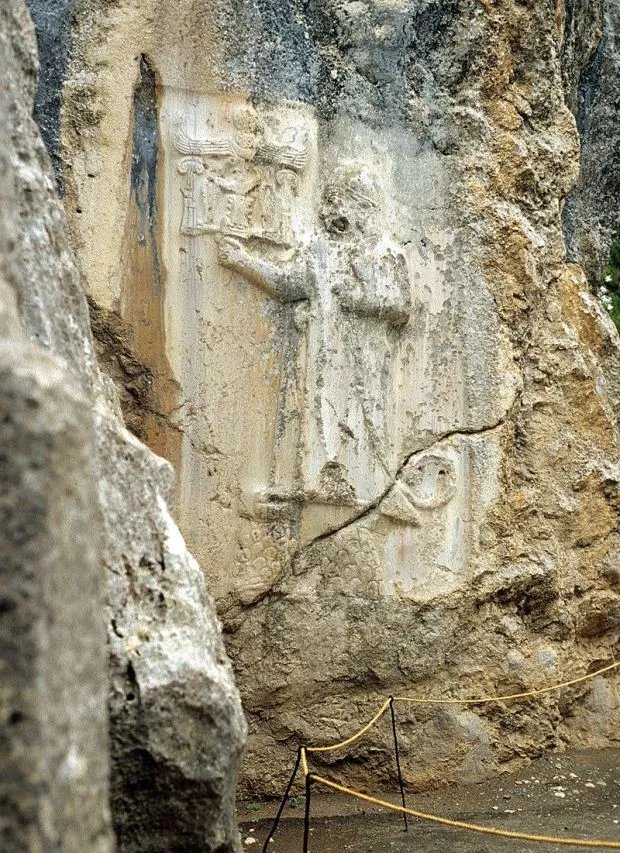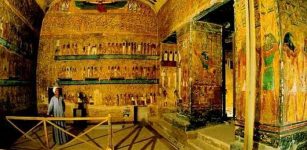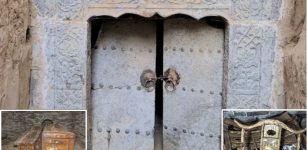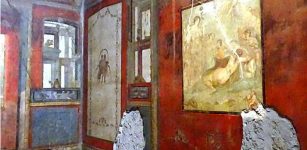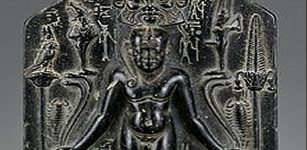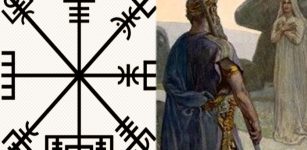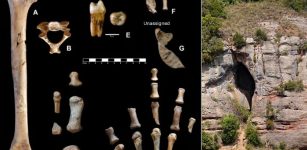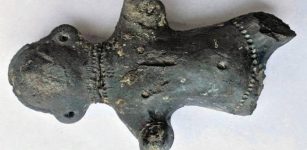Secret Ancient Lunar Calendar May Be Hidden At A Hittite Sanctuary
Conny Waters - AncientPages.com - According to a new fascinating theory there may be a secret ancient lunar calendar hidden at a Hittite sanctuary in Turkey.
Archaeologists have examined several intricate carvings in Hattusha, the old capital of the Hittites and experts now suggest these ancient people had astronomical knowledge ahead of their time.
This carving at Yazilikaya is said to depict 12 gods of the underworld. Credit: Public Domain
There are also those who believe the depicted figures are in fact the Anunnaki, the Mesopotamian gods, and ancient aliens who once lived on our planet.
The Hittites were a powerful civilization that occupied the ancient region of Anatolia.
This long-gone culture has been of great interest to archaeologists and historians but unraveling the truth about the Hittites has been a difficult task.
Knowledge about their activities has been documented on cuneiform tablets, one of the earliest systems of writing invented by the Sumerians.
Magnificent ancient ruins found at sites such as Yazilikaya and Hattusha testify to the greatness of this once-powerful civilization.
According to some experts, the true meaning of the mysterious ancient carvings at the Hittite sanctuary may have been overlooked.
The Sun reports that “researchers argue that some faded deity carvings would make one of the depictions add up to the number of days in a lunar month.
There are also marks underneath some of the depictions that look like an attempt to keep track of something.
Eberhard Zangger, president of Luwian Studies, an international non-profit foundation and his colleague Rita Gautschy from the University of Basel think that one carving containing 12 deities depicts the months in a year and another containing 30 depicts the days in a month.”
Some of the carvings are now quite faded leading some experts to believe that evidence of what the site was used for may have been missed. Credit: Credit: China_Crisis - CC BY-SA 2.5
This may sound like a far-fetched theory to some, but not researcher Juan Antonio Belmonte at the Institute of Astrophysics of the Canary Islands who said: "It’s not only a striking idea, it’s reasonable and possible."
We should not dismiss the idea that one carving containing 12 deities depicts the months in a year and another containing 30 depicts the days in a month, Eberhard Zangger, president of Luwian Studies, an international non-profit foundation and his colleague Rita Gautschy from the University of Basel explained.Scientists point out that “ancient people would have marked underneath the first of the 30 deities at the start of a month and then worked backward to keep track of time.
The importance of the full moon is also depicted in some of the carvings.”
The amount of deity carvings doesn't quite correspond with the number of days in a year. However, Zangger and Gautschy think “the Hittite people would have accounted for this by adding some additional months over a 19-year cycle.
3D-visualization of Building II and III (gatehouse) at Yazilikaya showing how the object on the pedestal in the courtyard may have been illuminated during a religious service on the day of the summer solstice. Credit: © Oliver Bruderer/Luwian Studies
Some Hittite buildings have also suggested the importance of astronomical events, like the Summer Solstice, in society.
However, critics argue that the number of deities alone corresponding to a calendar is not enough conclusive evidence to confirm it was on.”
Archaeologists have previously found several examples that show ancient people possessed far greater knowledge of astronomy than previously believed.
The artworks, at sites across Europe, are not simply depictions of wild animals, as was previously thought. Instead, the animal symbols represent star constellations in the night sky and are used to represent dates and mark events such as comet strikes, analysis suggests.
See also: More Archaeology News
They reveal that, perhaps as far back as 40,000 years ago, humans kept track of time using knowledge of how the position of the stars slowly changes over thousands of years.
It is too early to say with certainty if there is indeed an ancient lunar calendar hidden at the Hittite sanctuary, but if scientists conduct proper investigations of the old site, we may soon have a definite answer.
Written by Conny Waters - AncientPages.com Staff Writer

